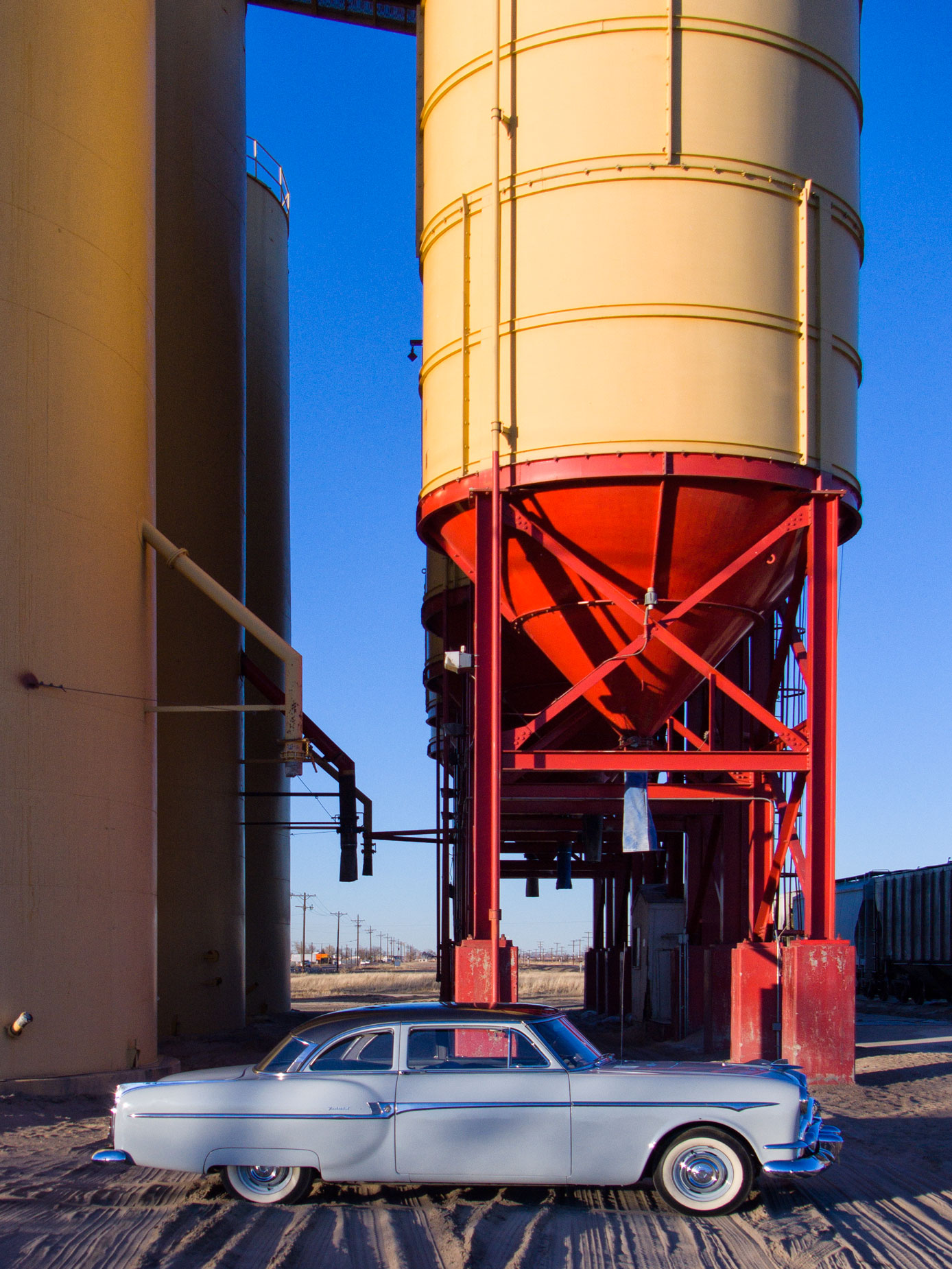Today’s Post by Joe Farace
Nothing happens when you sit at home. I always make it a point to carry a camera with me at all times…I just shoot at what interests me at that moment. – Elliott Erwitt
 The Exchangeable Image File (EXIF) standard was established in 1995 by the Japan Electronic Industries Development Association to accommodate different kinds of digital image file formats.That system is part of the Design Rule for Camera File Systems (DCF,) a system designed to ensure compatibility between digital cameras and printers and allow the exchange of image files so photographs made with an Olympus camera, for example, can be viewed on the screen of a Canon EOS, for example.
The Exchangeable Image File (EXIF) standard was established in 1995 by the Japan Electronic Industries Development Association to accommodate different kinds of digital image file formats.That system is part of the Design Rule for Camera File Systems (DCF,) a system designed to ensure compatibility between digital cameras and printers and allow the exchange of image files so photographs made with an Olympus camera, for example, can be viewed on the screen of a Canon EOS, for example.
The EXIF standard also defines file name standards and folder structures including how image and camera data is stored. When a camera is set to capture a JPEG file, it’s also recording all of the EXIF data and uses compression to store this photo data within the file.
Within the image file’s header, EXIF metadata supports storage of extended camera information, such as the time and date an image was made, device name, shutter speed, aperture, along with other capture-related data. You can read all of this header information externally using EXIF-compatible software, The section of Adobe Bridge shown at right, uses it to display image file management functions too.
Thumbnails Too
In addition to image data, EXIF includes thumbnail specifications. Under DCF standards a typical thumbnail is designed to measure 160 x 120 pixels and image editing programs use this EXIF data when displaying thumbnails in Bridge and other file management software.
 Clicking on a thumbnail allows you to view all of the EXIF camera data so you can read specific details of how an image was captured, unlike when shooting film and you had to make physical notes or have a good memory.
Clicking on a thumbnail allows you to view all of the EXIF camera data so you can read specific details of how an image was captured, unlike when shooting film and you had to make physical notes or have a good memory.
One of the differences between the current version of EXIF and previous ones is that it includes data on the color space used. (Color space describes the range of reproducible colors a camera can see, a printer will print, or a monitor displays. You can read more about Color Space in my post, Color Space: The Final Frontier.)
How I made this photograph: This photograph of my (former) 1953 Packard Clipper Club Sedan was made in Brighton, Colorado on a railroad siding that was used as a location in the Bill Murray film Larger than Life. Not necessarily a great film but one I liked which includes a star turn by the then unknown Mathew McConaughey.
The camera used to make the photograph was an eight-megapixel Samsung (yes, they used to make cameras) Pro 815 with a 28-420mm equivalent Schneider-KREUZNACH zoom lens (at 45mm.) The Program mode exposure was 1/1250 sec at f/2.5 and ISO 50 with a minus one-third stop exposure compensation.

Along with photographer Barry Staver, Joe is co-author of Better Available Light Digital Photography that’s out-of-print but new copies or used copies are available from Amazon for as little as $8.83, as I write this.